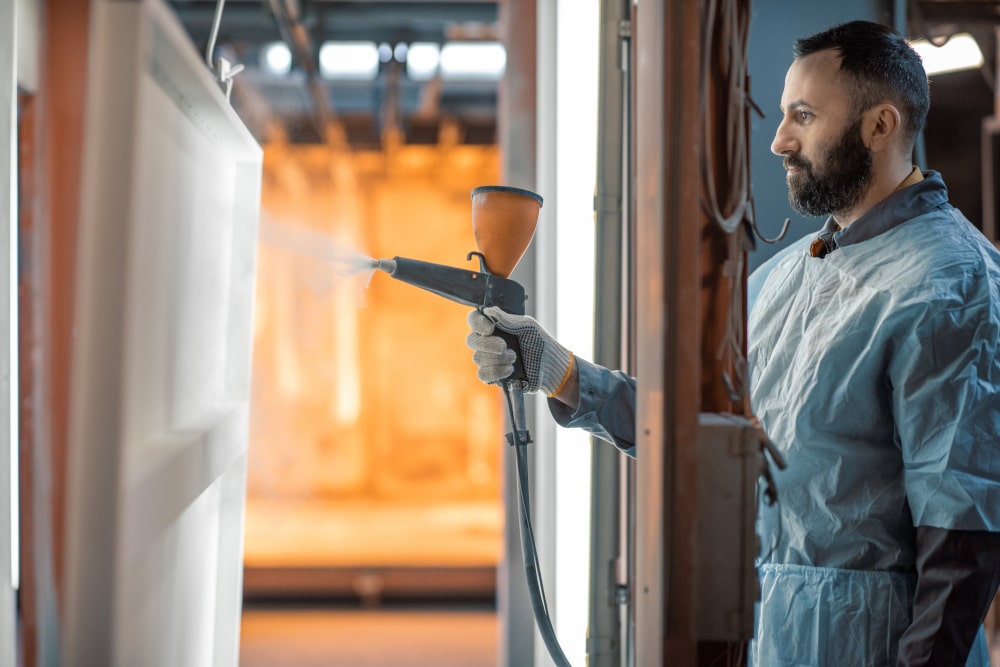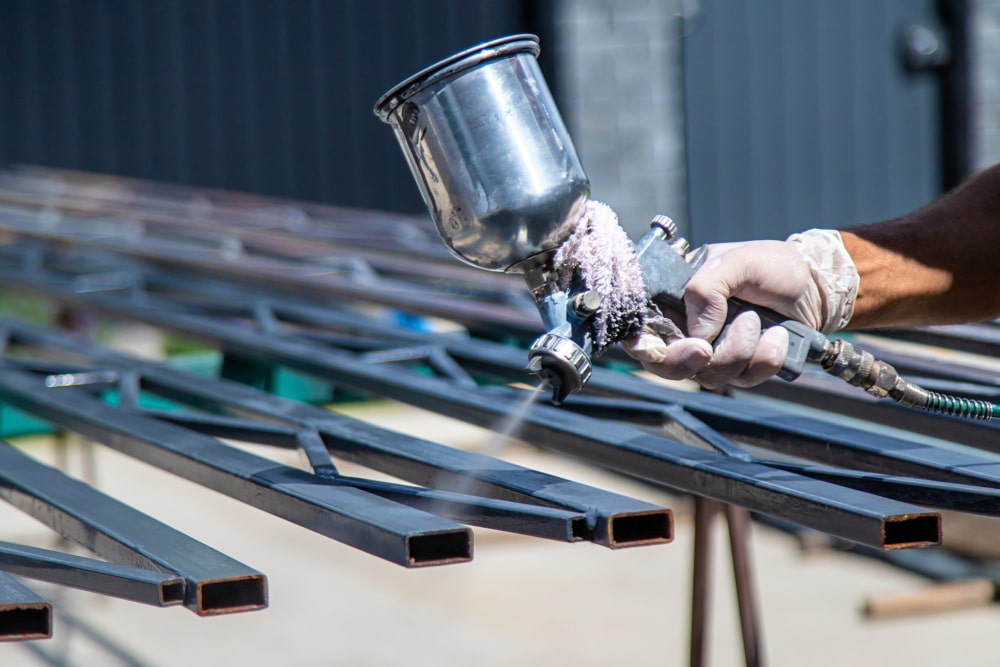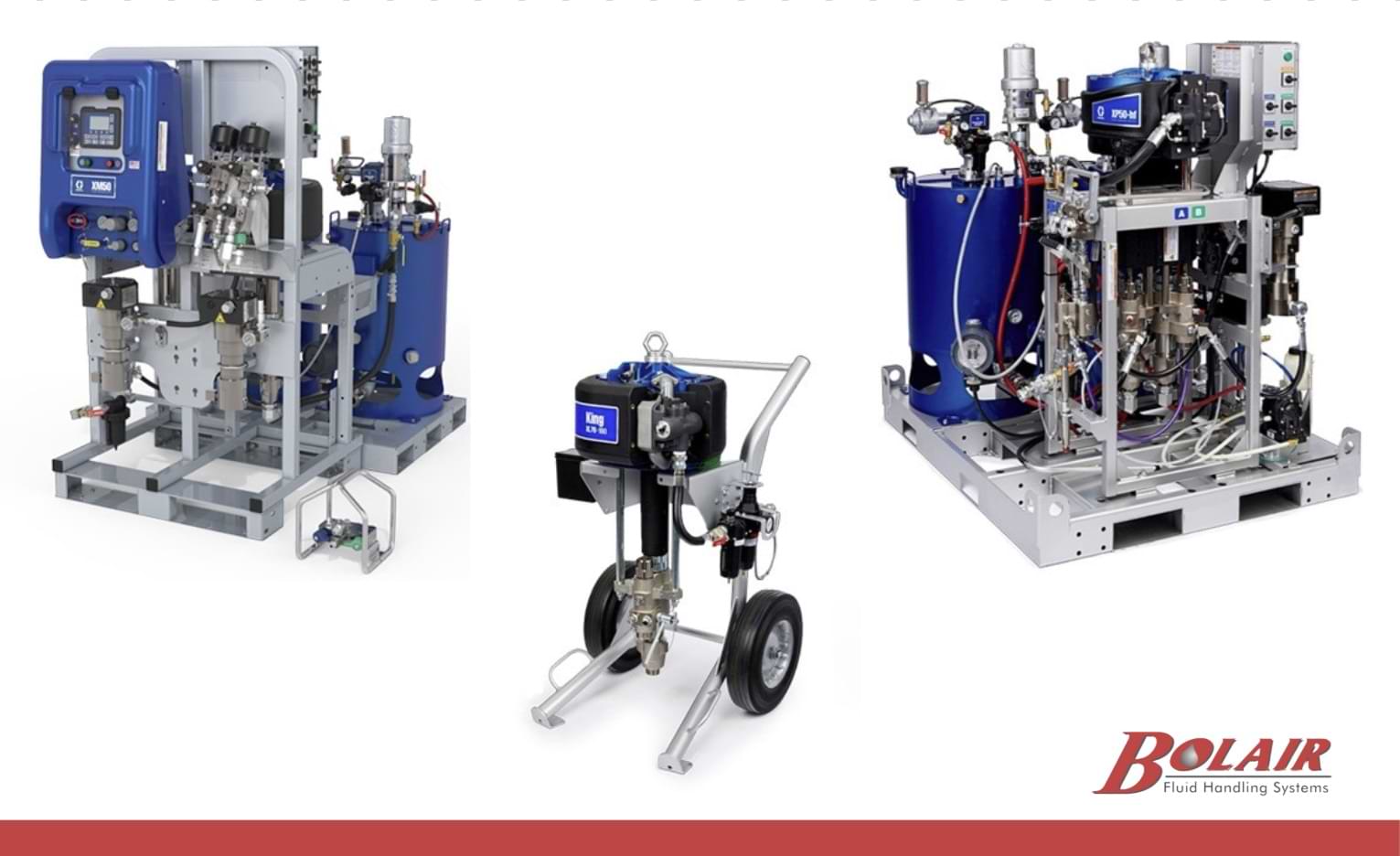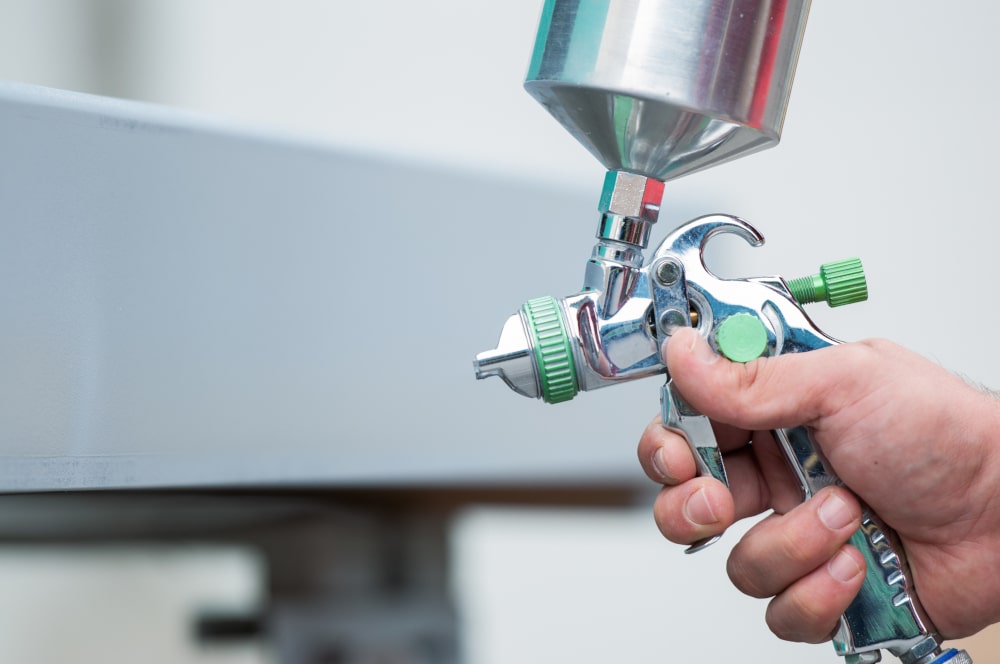Preventative maintenance involves regular equipment inspections of specific components to ensure your two-component dispensing systems continue to operate properly. Doing so helps to identify potential issues within the system and associated components, so you can respond to any problems before they become bigger and most costly issues.
The importance of predict-and-prevent rather than fail-and-fix maintenance should never be overlooked. Developing an effective and proactive maintenance program is essential to ensure your equipment operates optimally, helps to boost application efficiency and carries costs that are much more manageable than those of a major breakdown.
While technology developments have helped to alleviate operator concerns related to two-component dispensing systems, common issues remain. Operators using two-component systems will continue to experience blockage and lubrication issues, but they must accept these issues because these problems are par for the course; they’re unavoidable, no matter how experienced the operator may be or how advanced the equipment.
Having an effective and proactive maintenance plan in place, however, can limit the impacts these common issues have on your dispensing applications and help you realize more equipment uptime and fewer production disruptions.
Developing a Maintenance Schedule for Two-Component Dispensing Systems
Regular maintenance is meant to ensure all equipment operates at 100% efficiency, at all times. Developing a preventative maintenance plan that include daily, weekly or monthly inspections on particular pieces of equipment or related components helps to detect potential issues and correct them before they become larger problems.
There are two classes of equipment maintenance: proactive and reactive. Being proactive helps you keep problems at bay by keeping tabs on the system’s performance and quality. Reactive maintenance, on the other hand only, is a direct response to an issues that’s already happened. These instances are not only preventable, but can be costly.
As technology in fluid handling equipment continues to evolve, it’s important to be informed about new information, such as updates to technology, equipment safety and performance, to ensure you’re performing maintenance properly and effectively.
Consider Maintenance Costs
While regular maintenance is encouraged, some maintenance practices are too costly to be scheduled every week or month. Effective maintenance is also cost effective. But, be careful not to develop a plan that doesn’t provide enough resources for maintaining your equipment that could jeopardize its well-being in the long run. And never compromise on daily maintenance requirements as a cost cutting measure.
Ensure Your Plan Aligns With a Product’s User Manual
User manuals exist for a number of reasons, and go a long way in helping operators set effective maintenance schedules for their dispensing equipment. They’ll typically outline steps to take to carry out necessary maintenance tasks, such as walk-throughs on practices like daily cleaning of an filter and how to lubricate pump shafts in your dispensing equipment.
Common Maintenance Issues with Two-Component Dispensing Equipment
Before taking steps to establish a maintenance schedule for your two-component dispensing equipment, it’s important to understand common maintenance issues you may encounter.
Using Graco’s PR70 as an example, below you’ll find some of the most common maintenance issues related to two-component dispensing systems.
Blockages
Blockages are the primary maintenance concerns when handling the two-component dispensing system. Here’s what to do if your sprayer abruptly stops working.
- Check if the wiring is correct and the power supply is “ON” and correctly installed.
- Let the machine cool down for about 30 minutes. Your issue may be that the thermal overload switched has tripped due to overheating.
- Once cooled, rotate the sprayer to the “PRIME” state
- Check for blockages in the sprayer, pipe or filter.
- Clean any blockage and deposits in these parts.
Lubrication
Cleaning and lubrication are essential for the PR70’s longevity. Its’ advised that users lubricate the system’s pump shafts and dispense head daily. Clean them thoroughly to remove any material deposits and use only manufacturer-recommended lubricants.
RMCB Error Messages
The Reactor Motor Control Board displays different error codes to help users identify issues with their equipment. Each error code points to a specific malfunction. The most common error messages are the E23 and E99 codes.
- E23 indicates a fault with the high-pressure transducer. Faulty wiring or jumpers are the main cause. Clean or replace the pressure transducers.
E99 indicates a loss of communication in the system. Check the wiring between the control board and the display. If there is no issue or the error persists, carefully inspect the wire crimping on each board’s J13 plug.
Preventative Maintenance: An Example
Below is a maintenance schedule designed by Graco for its PR70 two-component dispensing system. Use it as a basis for your own preventative maintenance plan.
Never underestimate the power of preventative maintenance. Having a plan in place helps to maximize your equipment’s performance and value, while keeping it operating optimally over a longer-period of time to reduce costs in the near- and long-term.
Bolair supplies a range of two-component dispensing systems, including Graco’s PR70, which has been established as an industry leader for its high efficiency and reliability. While these systems are easy to operate and deliver top-notch performance, it’s important that users recognize the need to perform regular preventative maintenance to keep their machines operating optimally.
Bolair is proud to provide technical, repair and replacement services for all of the equipment it supplies, including Graco two-component dispensing systems and mobile spray foam rigs.
If you’re having trouble with a piece of equipment, don’t hesitate to reach out to see how we can help you.If you’re having trouble with a piece of equipment, don’t hesitate to reach out to see how we can help you.








Validate your login
Sign In
Create New Account